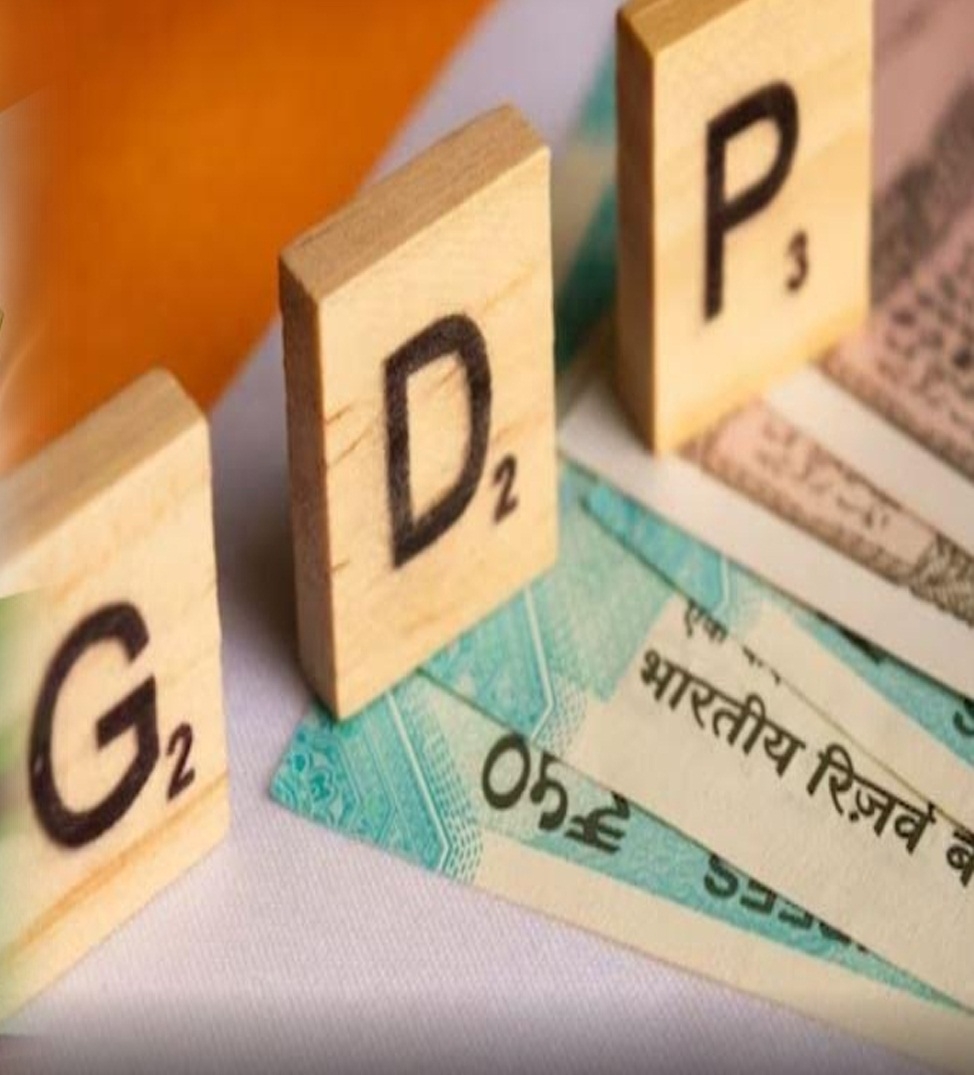The Indian economy is projected to grow at a rate of 6.8–7 per cent in the fourth quarter of the financial year 2024–25, largely driven by the agriculture sector, according to a report released by Bank of Baroda on Friday.
For the full financial year, GDP growth is estimated at 6.2–6.4 per cent, with the report highlighting that India continues to outperform many of its global counterparts due to strong macroeconomic fundamentals.
Looking ahead to FY26, the economy is expected to grow at a similar pace of 6.4–6.6 per cent. This outlook is supported by factors such as anticipated monetary easing, lower inflation, robust domestic demand, a budgetary push, and sustained capital expenditure. However, the report cautions that geopolitical conflicts or the imposition of global tariffs could dampen this optimism.
In Q4 FY25, agriculture is expected to grow by a robust 7.7 per cent—significantly higher than the 0.9 per cent growth recorded in the same period last year. This surge is attributed to record foodgrain production, as reflected in the second advance estimates covering both kharif and rabi crops.
While overall Q4 growth is expected to exceed that of Q3, the performance is likely to be uneven across sectors.
In the industrial sector, mining is projected to grow by 1.5 per cent in Q4 FY25, compared to 0.8 per cent in the corresponding quarter of FY24. However, growth in manufacturing is likely to moderate sharply to 1.8 per cent from 11.3 per cent a year earlier, partly due to a high base and weaker corporate earnings. Industries such as iron and steel, capital goods, and textiles witnessed lower profit margins, despite softening commodity prices. The electricity sector is also expected to grow at a slower pace of 5.5 per cent, down from 8.8 per cent in Q4 FY24.
On a more positive note, the construction sector is projected to maintain strong growth, supported by increased output in steel and cement, along with continued government capital expenditure.
The services sector shows a mixed trend. The marriage season and events like the Mahakumbh are expected to boost hospitality, transport, logistics, and food and beverage services. The trade, hotels, and transport sector is projected to grow by 6.4 per cent in Q4, up slightly from 6.2 per cent in the same quarter last year. GST collections have also continued their steady growth. However, financial services are likely to slow, with projected growth of 6.6 per cent compared to 9 per cent last year, amid a decline in credit growth.
Public administration and defence spending are expected to rise, driven by an increase in net revenue expenditure.
Looking forward, the report notes that rural demand is likely to remain strong in FY26, bolstered by expectations of a favourable monsoon. According to NOAA, neutral ENSO conditions are expected to prevail in the coming months, supporting agricultural output. Consumption is also set to rise, aided by higher disposable incomes and new tax incentives. Additionally, an ongoing easing of monetary policy due to lower inflation is expected to support growth, along with relief from subdued commodity prices.
“Based on the above factors, we expect the Indian economy to grow by 6.4–6.6 per cent in FY26. However, downside risks remain, particularly for the external sector, due to evolving global tariff challenges,” the report stated. “Any adverse geopolitical conflict or extreme weather event could also pose a risk to growth, although potential bilateral trade deals—particularly with the US—could offer some positives.”
(Reuter)










